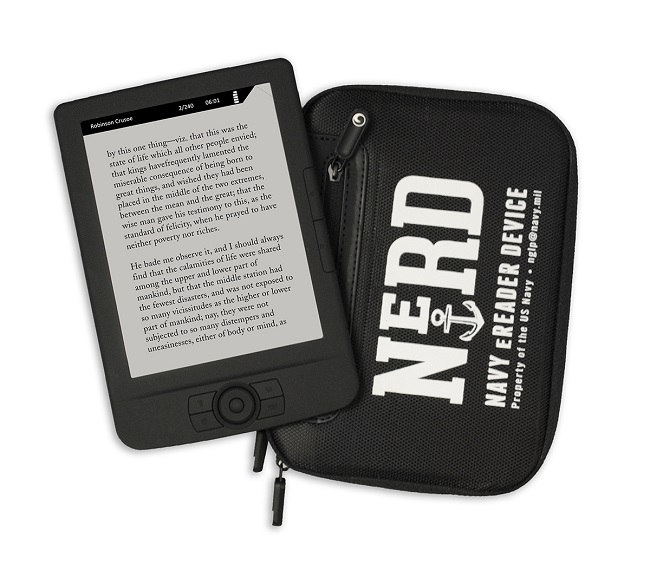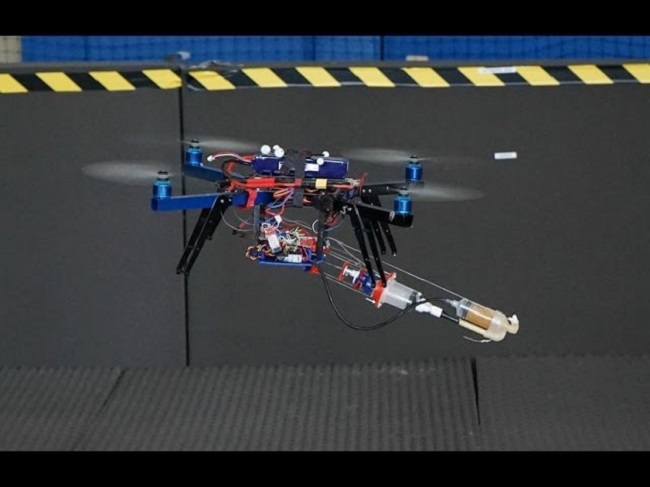In the world of gadgets this week, Epson is attempting to challenge Google Glass in smartglasses, Huawei launches its latest challenge to the smartphone market, and a 3D printer may be used to clean up nuclear waste.
Epson Moverio smartglasses
While still awaiting general release, the Google Glass looks set to be the dominant brand for the foreseeable future and any attempt to but in on that market is likely to see the same results as companies attempting to break Apple’s dominance of the MP3 player market in the mid-2000s.
Now however, Epson are making that very attempt with its Moverio BT-200 smartglasses which claim to be more technologically advanced than its mega-corporation counterpart and, more importantly, is available now.
For starters, it differs from Google Glass in that it uses two screens instead of one which might make you more susceptible to walking into objects on a regular basis.
Early reviews however would appear to show a product more aimed towards users interested in the capabilities of augmented reality, rather than a commercially attractive pair of glasses that lets you interact with everyday items.
The Wall Street Journal were one of the first to try out the Moverio glasses and found it to be rather clunky and not exactly portable, especially given the fact it needs a touchpad to operate the mouse that appears in the lenses.
At US$700, less than half the price of Google Glass’ first limited release cost was, might be more suited to future office places in design than taking pictures of a landscape.
Huawei P7
The Chinese manufacturer is attempting to build a LTE phone for the people with the P7, the next model following the P6 last year which just missed the boat in terms of including 4G capabilities which hindered its mass commercial appeal.
Aside from the inclusion of LTE, the phone also sees some major hardware improvements with the inclusion of Corning Gorilla Glass 3 instead of the previously flimsy aluminium and plastic casing in the P6.

Otherwise it features a pretty impressive 5in 1,920 x 1,080 display, ARM Cortex-A9, quad-core 1.8GHz CPU, Mali-450 MP4 GPU, 2GB of RAM and 16GB storage.
Otherwise, all the usual improvements over any previous generation are there including an improved 8MP camera and slightly improved battery life.
Software-wise uses the KitKat operating system with Huawei’s Emotion UI 2.3 for supposedly better personal connection with the smartphone.
The phone is due for release within the next week or two and will likely set you back just under €450 from their online store.
US$20 smartphone
On a price range much more aligned with the Communist virtues of a smartphone that almost anyone can afford, but ARM, producers of much of the world’s smartphone processors believe that by the end of this year, a smartphone could be produced with a retail price of just US$20, however, with the current level of technology they admit that going beyond this is just not feasible in terms of profits over production costs.
Unsurprisingly, the device is hardly going to set the world alight in comparison with its much larger and more expensive flagship phones of the larger companies, but whoever produces it will most likely be restricted to using a single-core Cortex-A5 processor with a 2.5G internet connection.
US Navy develops e-reader
Have you heard about a reading device where the content doesn’t change and it performs no other functions aside from reading? The obvious answer is a traditional paper book, but not according to the US Navy.
In a bid to entertain its sailors on long voyages away from home, the Navy General Library Program (NGLP) along with an e-book company called Findaway World have developed the NERD – the Navy e-Reading Device.

The difference between the NERD and Amazon’s Kindle however is that the former does not allow the owner to install new content on to the device or allow its removal but will allow them to read a select number of pre-installed books, most likely at the censorship of the US Navy and what they deem appropriate.
Obviously in these post-Snowden days, the US military is very paranoid over any digital device so it’s no surprise that they’ve taken this decision, but whether any sailors wants to use it is yet to be seen.
Flying 3D nuke-busting printer
It sounds crazy, but probably because it is. According to New Scientist, a team from the Imperial College London has developed a quadrocopter drone with a 3D printer attached that could be used to clean up sites that have been affected by nuclear waste.
The process involves two drones, but the 3D printer drone is the first to enter the scene as it carries two chemicals which create polyurethane foam when mixed, and the printer element of the device sprays the top of the target item with the chemical which, when it hardens, is collected using a second drone that will stick to it like glue in order for it to be removed safely without the need for direct human intervention.
Interestingly, they are also working on including a hacked Kinect camera, used in Xbox gaming consoles, to make them autonomous in finding and locating transportable items.
